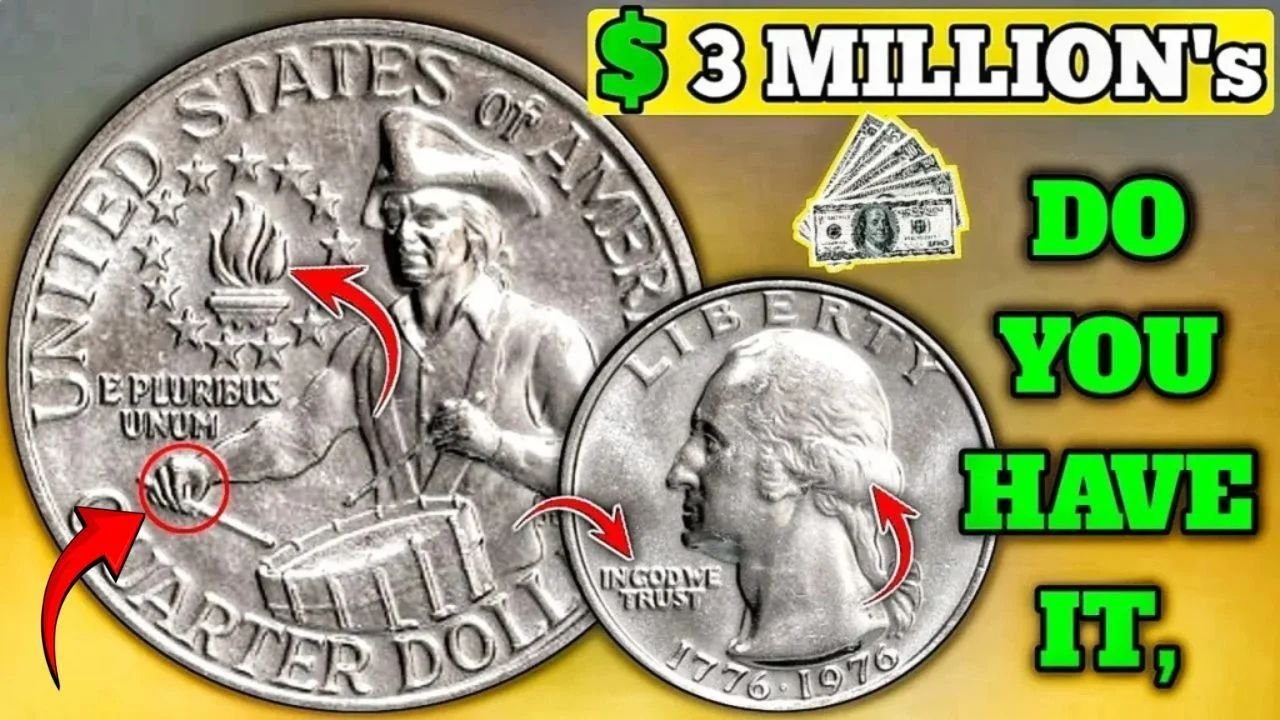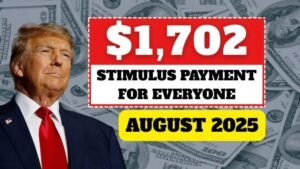Are you wondering if that old quarter in your pocket change could make you rich? The 1976 Bicentennial Quarter was minted to celebrate America’s 200th birthday, and while most are just worth 25 cents, some rare versions can fetch huge sums. In this guide, we’ll explain how to spot these valuable coins, what makes them special, and where to find them. If you’re searching for “1976 Bicentennial quarter value” or “rare Bicentennial quarters worth money,” you’ve come to the right place. Let’s dive in and learn how to turn your loose change into a potential fortune.
The History Behind the 1976 Bicentennial Quarter
The United States turned 200 years old in 1976, a big milestone since the Declaration of Independence in 1776. To mark this event, the U.S. Mint created special coins, including the Bicentennial Quarter. These quarters looked different from regular ones.
Unique Design Features
On the front (obverse side), it shows George Washington, just like other quarters. But the back (reverse side) is what stands out: a picture of a drummer from colonial times, holding a torch, with 13 stars around it to represent the original colonies. The dates “1776-1976” are printed on it, making it easy to recognize. Millions of these coins were made, so they’re common, but a few have secrets that boost their value.
This design was chosen after a contest where artists submitted ideas. It was meant to honor America’s past and excite people about coin collecting.
What Makes Some 1976 Bicentennial Quarters So Valuable?
Not every Bicentennial quarter is a treasure. Most are made from a mix of copper and nickel, and they’ve been used a lot, so they’re only worth their face value. But certain factors can make them worth thousands or even millions.
Special Materials Used
Some quarters were made with silver instead of the usual metal mix. These silver ones were mostly for collectors and have a brighter shine. They feel a bit heavier too. If you have one of these, it could be worth more because silver is rarer in these coins.
Minting Errors and Mistakes
Errors happen during coin making, and that’s where the big money comes in. Look for things like doubled letters or numbers (where the print looks blurry or repeated), off-center designs, or wrong alignments. These mistakes are super rare, and collectors love them because they’re one-of-a-kind.
Condition and Rarity
The coin’s shape matters a lot. If it’s in perfect condition—no scratches, no dirt, like it just came from the mint—it’s worth more. Special “proof” versions, which are extra shiny and made for display, can also hike up the price. The rarest ones combine all these: silver material, an error, and top-notch condition.
According to coin experts, the highest values come from ultra-rare high-grade silver proofs with errors, potentially reaching up to $3 million in auctions.
Step-by-Step Guide: How to Spot a Rare Bicentennial Quarter
Ready to check your coins? Here’s a simple way to inspect them. You don’t need fancy tools—just good light and maybe a magnifying glass.
Step 1: Examine the Overall Condition
Hold the coin carefully. Does it look new, or is it worn out? Look for any dents, scratches, or fading. Fresh-looking coins are better candidates for high value.
Step 2: Check for Mint Marks
Flip the coin and look near Washington’s head or on the back. You might see a small letter: “P” for Philadelphia, “D” for Denver, or “S” for San Francisco. No mark usually means Philadelphia. “S” marks often point to special collector versions, like silver ones.
Step 3: Test if It’s Silver
Silver quarters shine more and make a higher “ping” sound when you drop them on a hard surface. They weigh about 6.25 grams, while regular ones are 5.67 grams. Use a scale if you can.
Step 4: Hunt for Errors
Use a magnifier to spot doubled images, misprints, or anything that looks off. Common errors include extra lines on the drummer or blurry dates.
If you find these signs, you might have a winner. Many people have found valuable coins by just looking closely at their change.
Where Can You Find These Rare Quarters?
You don’t have to dig for treasure—these coins could be hiding in plain sight.
Everyday Places to Search
Check your pocket change, old piggy banks, or family heirlooms. Some people find them in rolls from the bank. Others spot them at yard sales, flea markets, or online marketplaces like eBay.
Tips for Hunting
Join coin collecting groups on social media or visit local coin shops. Attend auctions or estate sales where old collections are sold. The key is patience and checking many coins.
How to Get Your Coin Graded and Sold
Think you have a rare one? Don’t sell it right away. Get it checked by pros.
Professional Grading Services
Companies like PCGS or NGC look at your coin, confirm if it’s real, and give it a grade from 1 to 70 (70 is perfect). A high grade can make your coin worth way more. They also spot fakes.
Selling Options
Once graded, sell to dealers, at auctions, or online. Sites like Heritage Auctions handle rare coins and can get you the best price. Always research the buyer to avoid scams.
Current Market Values for Rare Bicentennial Quarters
Here’s a simple table showing what different types might be worth today. Values can change based on the market, so check current prices.
| Type of Quarter | Condition | Estimated Value |
|---|---|---|
| Regular Copper-Nickel | Used (Circulated) | $0.25 to $2 |
| Silver Proof | Like New (Uncirculated) | $100 to $500 |
| With Minting Error | Like New | $5,000 to $50,000 |
| Ultra-Rare High-Grade Silver with Error | Proof or Perfect | Up to $3 Million |
These figures come from recent sales and expert estimates. For comparison, a top-grade silver Bicentennial quarter sold for $19,200 in 2019.
Glossary: Explaining Difficult Coin Terms in Simple Words
Coin collecting has some tricky words. Here’s a table to make them easy to understand.
| Difficult Word | Simple Explanation |
|---|---|
| Planchet | The blank metal disk before it’s stamped into a coin. |
| Mint Mark | A small letter showing where the coin was made (like “S” for San Francisco). |
| Proof Strike | A special shiny coin made for collectors, not for everyday use. |
| Doubled Die | An error where the design looks doubled or blurry from a mistake in stamping. |
| Uncirculated | A coin that hasn’t been used, so it looks brand new. |
| Obverse | The front side of the coin (usually with a person’s head). |
| Reverse | The back side of the coin (with the design). |
This glossary helps beginners grasp the basics without confusion.
Conclusion: Start Your Hunt for Hidden Treasures Today
The 1976 Bicentennial Quarter reminds us of America’s history, but it also shows how everyday items can hold surprising value. By learning how to spot rare features like silver material, errors, and perfect condition, you could discover a coin worth up to $3 million.
Remember, most quarters aren’t valuable, but checking doesn’t hurt—and it might pay off big time. Grab your magnifying glass, inspect your change, and who knows? You might join the lucky collectors who’ve turned quarters into fortunes. For more tips on “Bicentennial quarter errors” or “valuable 1976 quarters,” keep exploring reliable coin sites. Happy hunting!




